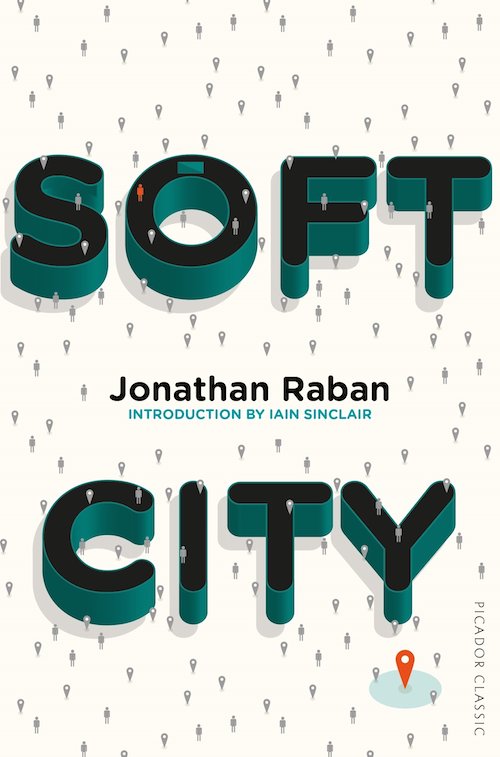
Luchino Visconti’s White Nights (Le notti bianche) loosely adapts the eponymous Dostoevsky short story, transposing it from Saint Petersburg into the Tuscan port town of Livorno. Though set there, the film wasn’t actually shot there: Visconti famously had sections of central Livorno replicated within studios at Cinecittà, and rolls of tulle hung to achieve the look of enveloping fog. The uncannily daylight-like brilliance of streetlights on the copious mist resonates faintly with the title — as, more heavily, does the sudden snowfall that arrives toward the end — but in my view the opacity of the weather also has thematic value. In White Nights the city and the fog become one; or rather, the city becomes a kind of fog, exposing and concealing figures according to an inscrutable pattern of its own.
This notion immediately occurred to me while watching the film a few weeks ago; what didn’t immediately occur me was that it had quite likely been influenced by Jonathan Raban. “For the Victorian writer, the industrial fog which hung over London for so much of the year was very much more than a chemical inconvenience, or even a romantic visual effect,” he writes in Soft City. “It was the supreme symbol of the city’s capacity to make people disappear inside it.” For Dickens specifically, in whose work “the prolific creation of characters is a by-product of the city itself, it requires a great deal of conscious effort merely to keep the people connected; the fog is omnivorous, and in every novel Dickens is persistently losing his characters then finding them again.”
Whatever liberties Dickens might have taken with the persistence and thickness of the fog itself, he didn’t take quite so many liberties with the lost-and-found (and more often lost) nature of metropolitan life. “In small places, people have to go on living with their social failures; in London there is an uneasy ease of separation. One is so likely to be left only with a phone number in an old address book, and that answered by a strange voice, curt and suspicious. We continually drop each other back into the fog.” This is (or before our current state of perpetual connectedness was) easily done in big cities — all of them as metaphorically foggy as London, even if less literally so — “where size and anonymity and the absence of clear communal sanctions license the kind of behavior that any village would stamp out at birth.”
Read the whole thing at Substack.